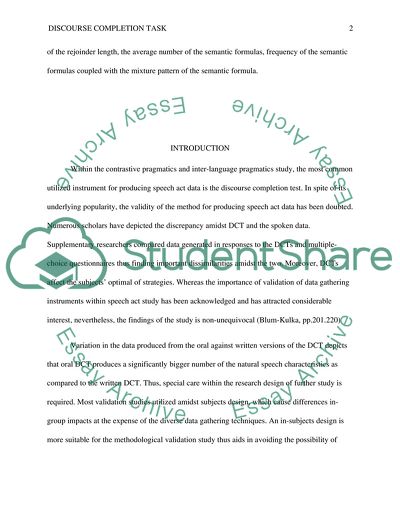Cite this document
(“The requisite behavior from diverse English proficiency levels Assignment”, n.d.)
The requisite behavior from diverse English proficiency levels Assignment. Retrieved from https://studentshare.org/english/1665537-discourse-completion-task
The requisite behavior from diverse English proficiency levels Assignment. Retrieved from https://studentshare.org/english/1665537-discourse-completion-task
(The Requisite Behavior from Diverse English Proficiency Levels Assignment)
The Requisite Behavior from Diverse English Proficiency Levels Assignment. https://studentshare.org/english/1665537-discourse-completion-task.
The Requisite Behavior from Diverse English Proficiency Levels Assignment. https://studentshare.org/english/1665537-discourse-completion-task.
“The Requisite Behavior from Diverse English Proficiency Levels Assignment”, n.d. https://studentshare.org/english/1665537-discourse-completion-task.


